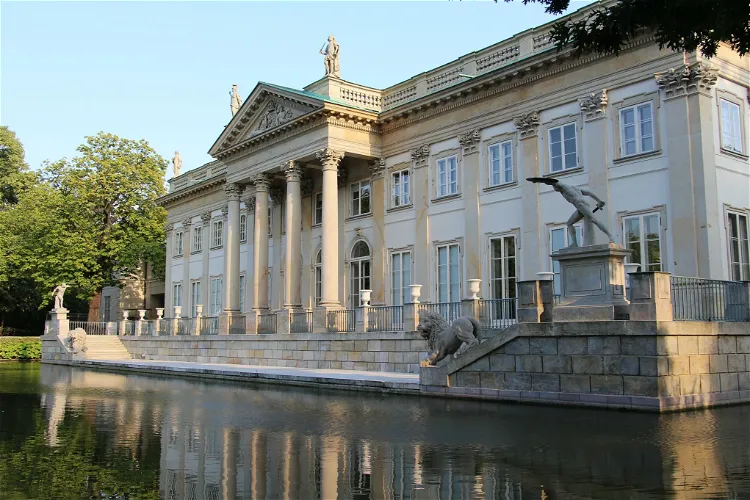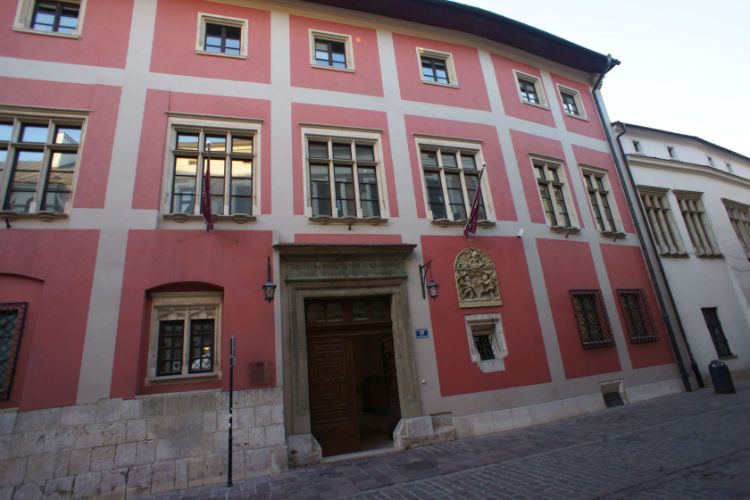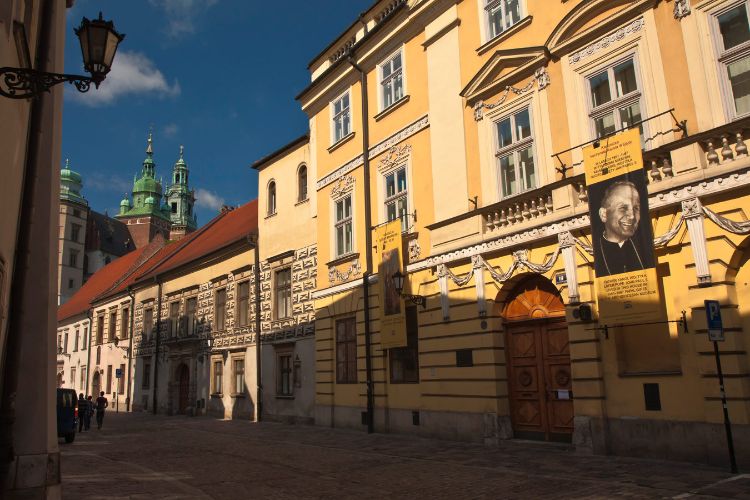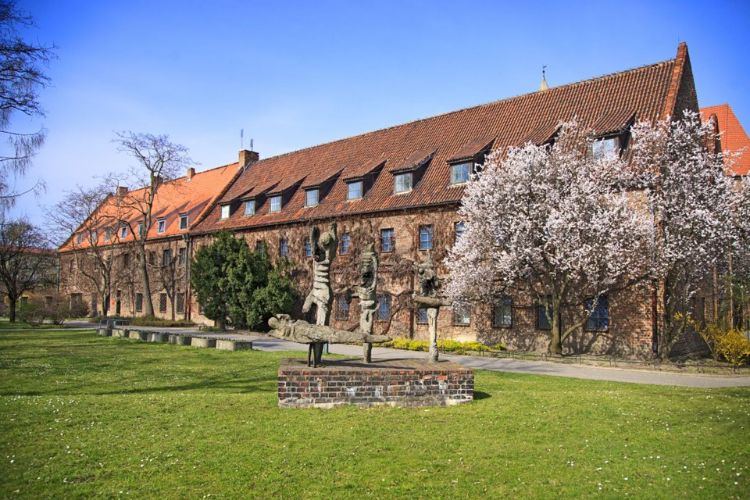Are you fascinated by religious architecture and history? Here are the must-see religious buildings in Poland:

Lazienki Park
WarsawThe Royal Łazienki Park, known in Polish as Park Łazienki Królewskie, is the largest public park in Warsaw, Poland. It covers an expansive area of about 80 hectares, providing ample space for visitors to explore and enjoy. The park is a significant part of Warsaw's landscape, offering a blend of nature and architecture that is unique to the city.
Old Synagogue, Kraków
KrakówThe Old Synagogue is an orthodox Jewish synagogue in Krakow. It is the oldest existing synagogue in Poland. Various sources mention 1407 and 1492 as the date of construction of the synagogue. The Old Synagogue was rebuilt, expanded and strengthened in 1570. The synagogue was ruined in the Second Wor
The Bishop Erazm Ciolek Palace - National Museum in Krakow
KrakówThe Bishop Erazm Ciolek Palace is a museum in Krakow and is a branch of the Krakow National Museum. The palace was built in 1505 from two connected houses for the Bishop of Płock, Erasmus Ciołek (1474-1522). The palace exhibits Polish works of art from the 12th to the 18th century. Valuable works in
The Archdiocesan Museum
KrakówThe Archdiocesan Museum of Cardinal Karol Wojtyla in Krakow is a museum in Krakow that is housed in tenement houses 19-21 at Kanonicza Street. Tenement house number 19 is called St. Stanisława, and the house at 21 is called Dean's House. The collection of the Archdiocesan Museum contains sacred art
Museum of Architecture in Wrocław
WrocławMuseum of Architecture in Wroclaw is the only museum institution in Poland dedicated entirely to the history of architecture and contemporary architecture. Museum of Architecture in Wroclaw carries out programs and events for architects, historians and the general public. It prepares exhibitions on- 6
Romanesque Cellar - Gdansk Archeological Museum
GdańskThe Romanesque Cellar of the Gdansk Archeological Museum is an antique remnant of a 13th century Dominican Monastery which, in the past, served as a dining hall and kitchen. The highlight is the refectory (dining hall). The exhibition features a film on the history of where the former Dominican mona